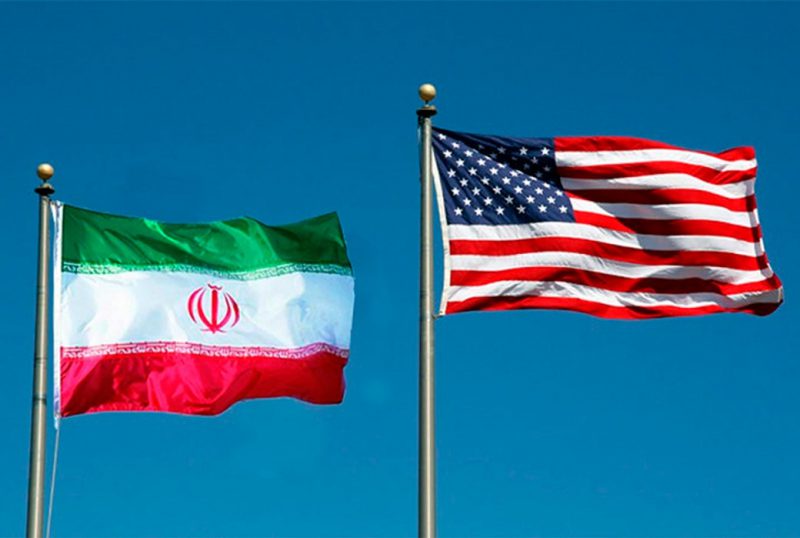Tensions between Iran and the U.S. took a new turn on Wednesday. A U.S. drone killed the commander of Iran-backed Kataib Hezbollah Abu Baqir al-Saadi in Iraq. The attacks rocked the Iraqi capital Baghdad in a response by the U.S. for killing three soldiers in a drone attack. Amid the conflict in the Middle East between Iran and the U.S., oil prices remain at risk. On the other side of the spectrum, Yemeni-based Houthi rebel groups are plotting attacks on ships in the Red Sea.
Also Read: S&P 500 Closes At Record High as Yields Rise, U.S. Dollar Dips
Free trade movement in the Red Sea is now facing barriers with the risk of attacks as revenge for the killing of Abu Baqir al-Saadi. Oil prices will be the first hit if the tensions escalate this week leading to disruption in the commodity markets. The price of crude oil is now at $71.97 and Brent crude is trading at $77.93 per barrel.
Another leg down could lead to massive losses for commodity investors as oil prices will head south in the charts. February started on the back foot for the commodity market with oil prices taking the beating. Therefore, it is advised to be cautious currently and not take an entry position in commodities. It is better to watch the situation unfold and then enter the market at the appropriate time.
Also Read: BRICS: 8 Banks Ban U.S. Dollar Transactions
U.S. Dollar Rises as Oil Prices Dip


Amidst the conflict in the Middle East that’s threatening oil prices, the U.S. dollar came out on top. The U.S. dollar climbed from a low of 102 to a high of 104.80 outperforming oil and gold prices. Other local currencies dipped against the U.S. dollar as it now is looking to reclaim its previous high of 107.
Also Read: After Pausing BRICS, Saudi Arabia Signs Deal With US Lockheed Martin
In conclusion, the U.S. and Iran conflict risks the oil and gold prices but strengthens the dollar. The next couple of months will be a testing time for the commodity markets.





